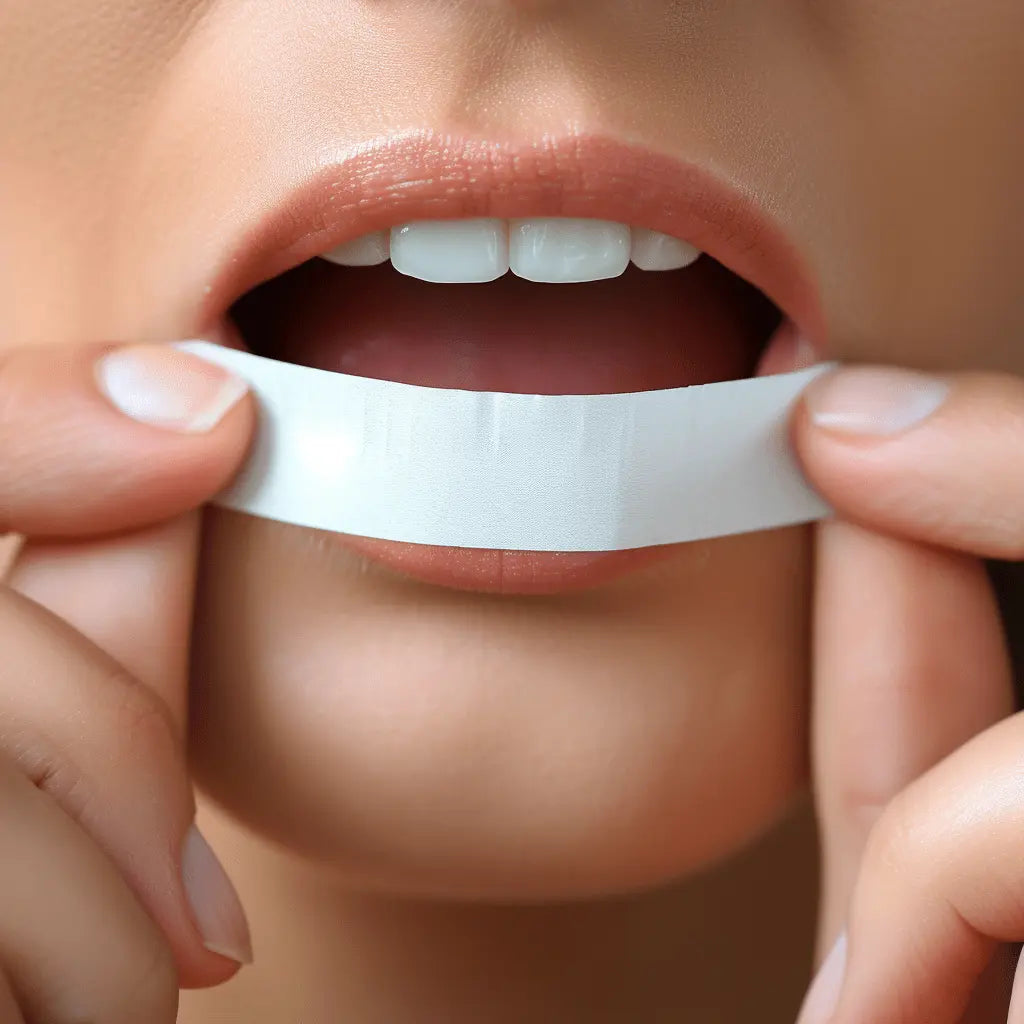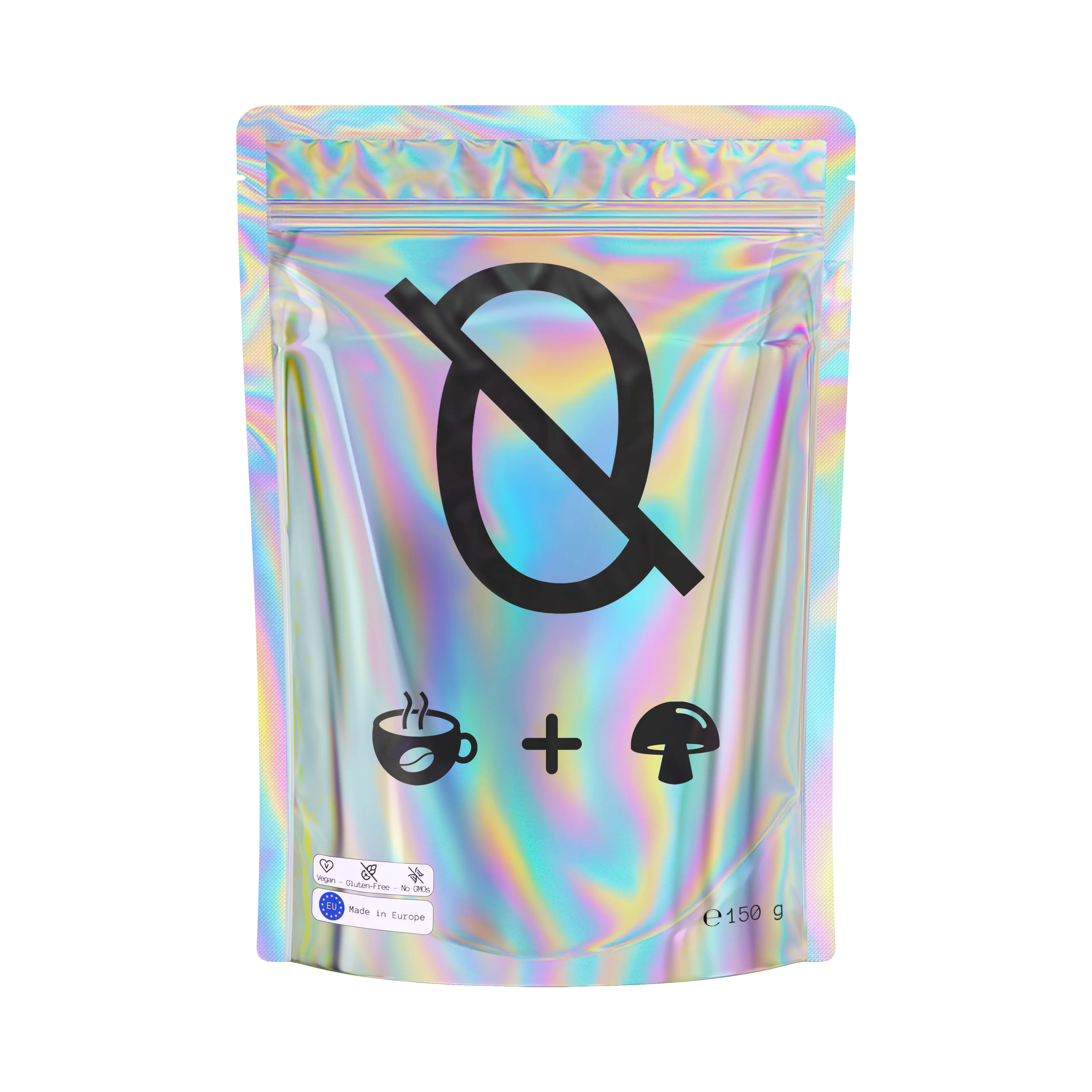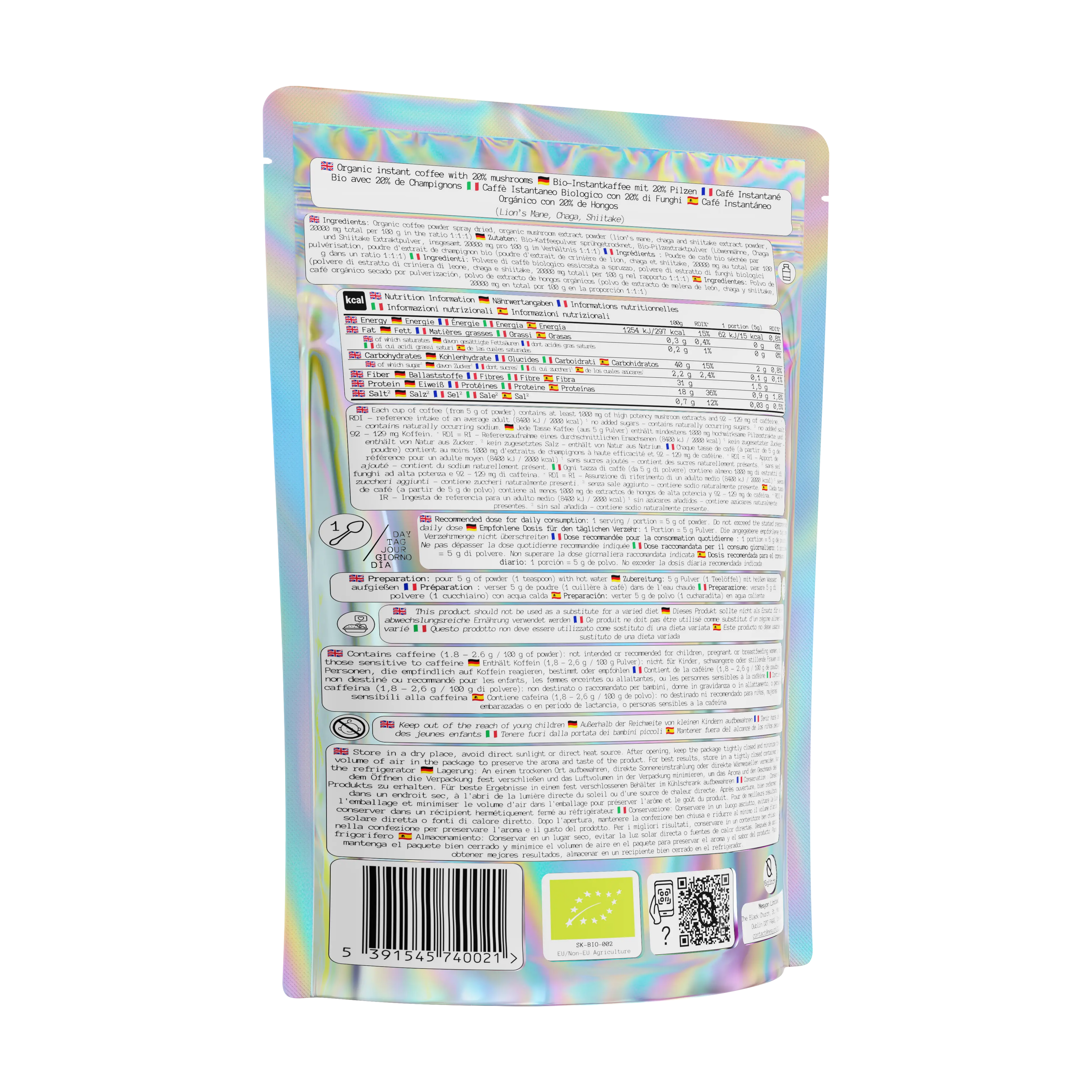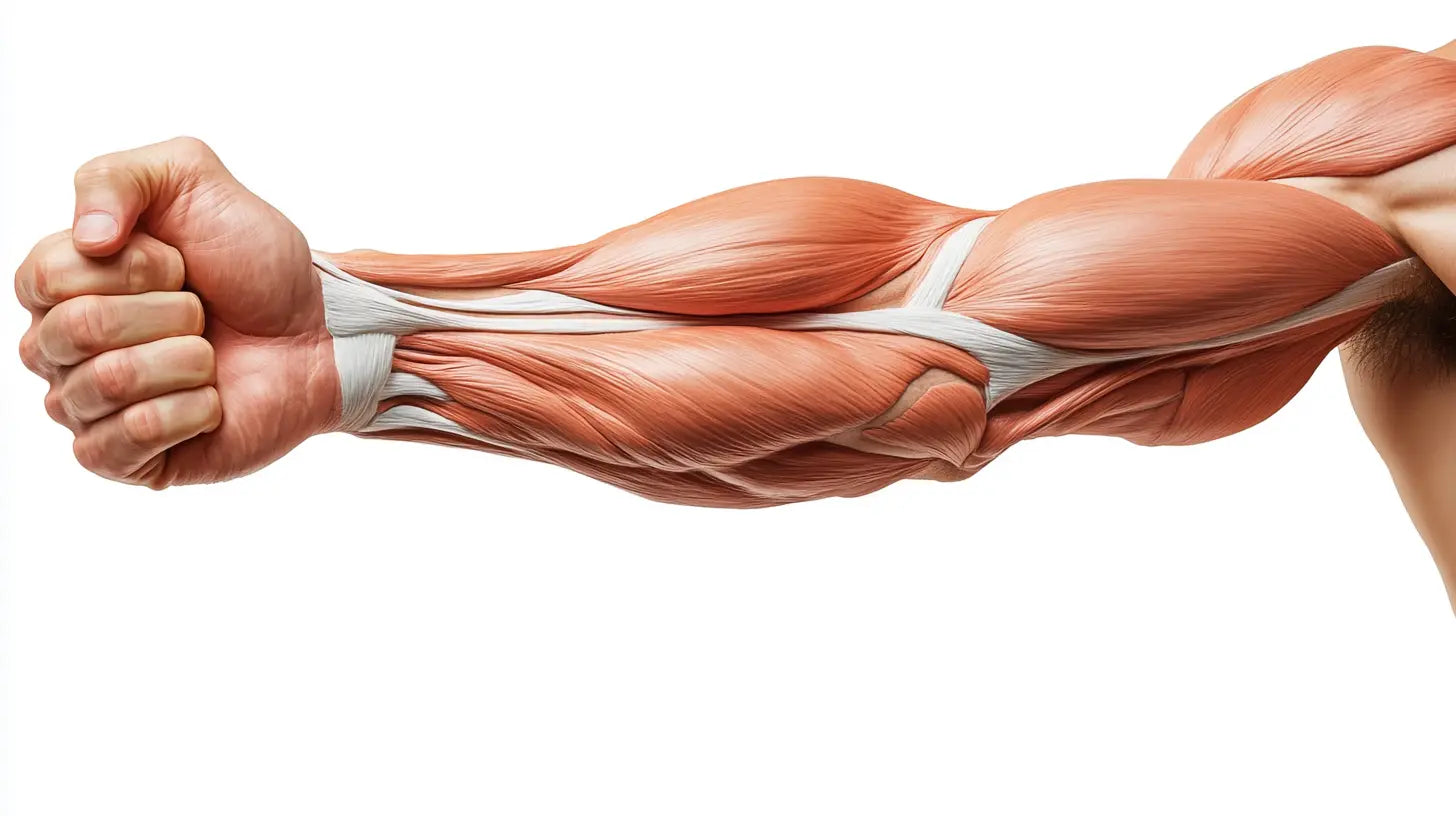
Discover the connection between mouth taping, better sleep, and reduced snoring
In recent years, mouth taping has become a popular practice among those seeking to improve their sleep quality and reduce snoring. This simple yet effective technique involves securing the lips together with medical-grade tape before bedtime, effectively promoting nose breathing during sleep. In this article, we will explore the benefits of mouth taping for sleep and snoring, backed by scientific evidence.
The Problem With Mouth Breathing During Sleep
While it might seem harmless at first glance, mouth breathing during sleep can have a variety of negative effects on our health and wellbeing. Some common issues arising from mouth breathing are:
- Dry mouth: Saliva production decreases when we breathe through our mouths, leading to dryness and an increased risk for oral health problems, such as bad breath, cavities, and gum disease.
- Snoring and sleep apnea: Mouth breathing contributes to snoring by causing vibrations in the soft tissues of the throat. It also exacerbates the symptoms of obstructive sleep apnea by collapsing the airway and reducing oxygen flow to the lungs.
- Nasal congestion: Breathing through the mouth bypasses the nasal passages' essential role in filtering, warming, and humidifying incoming air, which may aggravate sinus congestion or allergies.
How Mouth Taping Addresses These Issues
Mouth taping combats these problems by encouraging natural nasal breathing throughout the night. This practice comes with several advantages, including:
- Better sleep quality: Nose breathing allows for slower and deeper breaths, engaging the diaphragm more effectively than mouth breathing. This stimulates the production of nitric oxide, a signaling molecule that helps dilate blood vessels and improve oxygen delivery to our body tissues.
- Reduced snoring: By promoting nasal breathing, mouth taping prevents the vibrations that lead to snoring and opens the airway for peaceful slumbers.
- Decreased sinus congestion: Breathing through the nostrils during sleep allows the smooth flow of air into our lungs, reducing inflammation and alleviating nasal congestion symptoms often caused by allergies or colds.
Mouth Taping's Benefits Beyond Sleep and Snoring
By promoting nasal breathing and better sleep quality, mouth taping delivers several other potential benefits for our overall health and wellbeing:
- Increased daytime energy levels: Getting proper restorative sleep not only leaves us feeling recharged in the morning but also helps maintain energy levels throughout the day.
- Improved concentration and cognitive function: A good night’s sleep enhances mental performance and focus, allowing us to be more productive and alert during waking hours.
- Boosted immune system: Quality sleep plays a crucial role in bolstering our immune system, helping us fight off infections and illnesses effectively.
- Elevated mood: Sufficient, uninterrupted sleep leads to enhanced emotional stability and overall increased mood due to well-rested bodies and minds.
Finding the Right Mouth Tape Products
When searching for mouth tape products, it's essential to select ones specifically designed for use during sleep. These tapes should be made from hypoallergenic and skin-friendly materials that provide adequate adhesion without causing discomfort or irritation. Many people opt for medical-grade tapes (such as 3M Micropore or SomniFix) or specialized products created specifically for mouth taping.
How to Begin Mouth Taping
If you're interested in trying mouth taping to improve your sleep quality and reduce snoring, here are some simple steps to get started:
- Clean and dry the skin around your mouth: This will ensure proper tape adhesion and minimize potential irritations during sleep.
- Cut a piece of mouth tape to size: Tape length should be enough to cover your lips comfortably, usually around 2-3 inches long.
- Position the tape across your closed lips: Ensure that the tape is aligned with the natural curvature of your lips and conforms to their shape. Press it gently but firmly to create a secure seal without distorting your facial expressions.
- Remove the tape safely in the morning: Hold both ends of the tape, and slowly peel it off by stretching it outward from the center rather than pulling it straight up. This method minimizes the risk of skin irritation or damage.
Note: Always consult a healthcare professional before attempting mouth taping, particularly if you have asthma, severe allergies, or any other breathing-related conditions.
In conclusion, mouth taping is a natural and cost-effective solution for promoting better sleep and reducing snoring. It works by encouraging nasal breathing throughout the night, which delivers numerous health benefits beyond improved slumbers. With minimal investment required and few potential drawbacks, mouth taping offers an accessible option for those struggling with sleep issues or chronic snoring. As always, consult your healthcare provider before trying new sleep practices to ensure they are safe and appropriate for you.
0 comments
Disclaimer
The information in this article is for educational and informational purposes only. If this article discusses psychedelics, supplements, or wellness practices, it is not intended to promote, endorse, or encourage illegal activities or unverified health claims.
n0glitch does not sell or distribute psychedelic substances and does not provide medical, legal, or professional advice. Always consult a qualified healthcare provider before making health-related decisions.
Laws regarding psychedelics and supplements vary by country and region. Please research and comply with local regulations.












